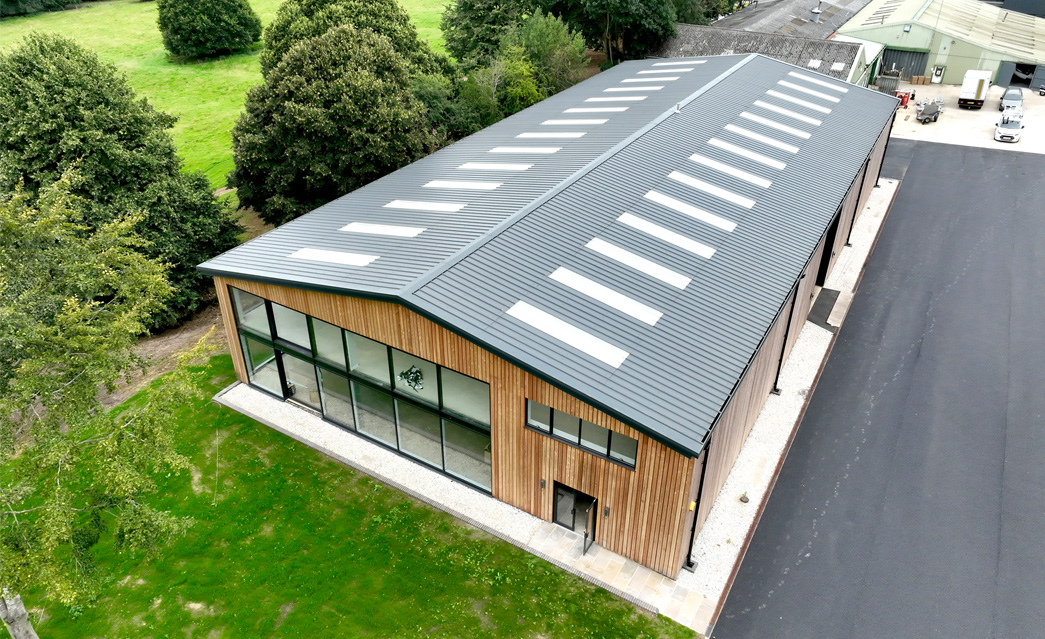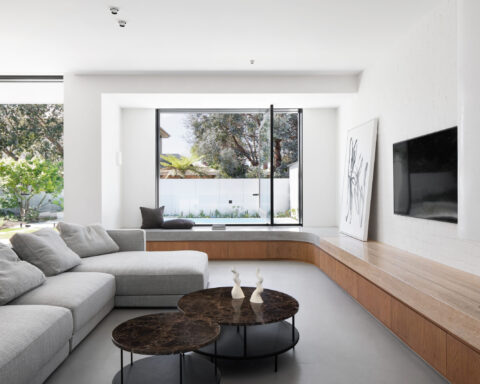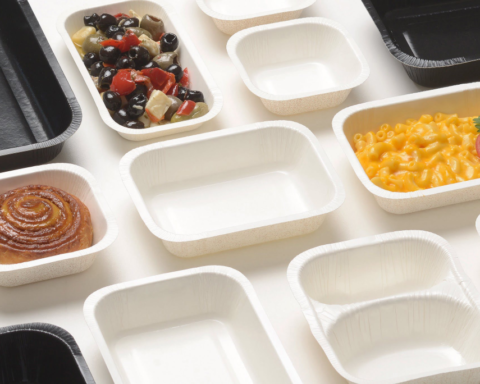Steel frame industrial buildings have revolutionised the manufacturing landscape, offering unparalleled strength and adaptability. As you figure out the complexities of modern manufacturing, these structures provide a flexible and durable solution, accommodating the ever-evolving demands of the industry. With their robust frameworks, steel buildings ensure safety and longevity, making them an ideal choice for your manufacturing needs.
In the UK, where efficiency and sustainability are paramount, steel frame industrial buildings stand out as a cost-effective option. They not only reduce construction time but also offer design versatility, allowing you to tailor your space to specific operational requirements. Whether you’re expanding an existing facility or constructing a new one, steel frames provide the foundation for a future-ready manufacturing environment. Embrace the benefits of this innovative approach and position your business for success in a competitive market.
Understanding Steel Frame Industrial Buildings
Steel frame industrial buildings revolutionise manufacturing by marrying strength with flexibility through their robust frameworks. See for yourself how they adapt to the demands of modern manufacturing with elegance.
Key Characteristics
Steel frame buildings exhibit remarkable durability alongside unmatched strength. Stability ensures safety under immense pressure. Their flexibility facilitates extensive designs adjusting to varied manufacturing setups. The rapid construction time of these buildings is invaluable for businesses eager to scale their operations swiftly. Moreover, sustainability shines as steel is recyclable, adding an eco-friendly dimension. Isn’t efficiency paired with environmental stewardship a priority for your business?
Types of Steel Frames
Different steel frames accommodate diverse needs. As clear span frames cover large areas without columns, they offer an unobstructed space ideal for large equipment. Multi-span frames incorporate internal supports for extensive floor areas, perfect for segmented manufacturing processes. Then there’s the portal frame. These combine economy with versatility, well-suited for many manufacturing functions. Which type aligns best with your objectives? Each frame type provides unique advantages designed to enhance operations in the manufacturing arena.
Benefits of Steel Frame Industrial Buildings for Manufacturing
Steel frame industrial buildings offer numerous benefits for manufacturing. They stand strong and flexible, meeting the complex needs of modern industry.
Durability and Strength
Steel frames are synonymous with resilience, standing firm against tough conditions. They don’t wither under the weight of time or the friction of elements. Have you ever wondered why some buildings endure the test of decades? Steel has both the fortitude and the flexibility, making structures reliable. Its inherent strength ensures your manufacturing activities can continue smoothly without disruption from structural concerns.
Cost-Effectiveness
Initial investments in steel can save money in the long run. Ask yourself if reducing maintenance costs matters to you. Steel brings an economic edge, offering savings that accumulate over time through reduced repairs and efficient energy use. Quick assembly cuts labour costs, making it a favourite among cost-conscious builders. This translates into more resources for your core business activities while still having a robust structure.
Flexibility in Design
Think about the freedom a flexible building can provide. With steel, customising is effortless. The creative potential it offers architects and engineers is vast, they can fulfil unique manufacturing needs without the confinement of rigid lines. Structures bend and reshuffle to accommodate evolving industrial needs, ensuring your space is never obsolete or ill-fitting. Steel invites a dance with design that other materials simply can’t match.
Comparison with Other Building Materials
Steel frames stand firm amid alternatives, each with its virtues and drawbacks.
Steel vs. Concrete
Between steel and concrete, you notice glaring contrasts. Flexibility shines with steel, bending to design needs while concrete stands rigid. Construction speed takes the limelight as steel structures rise quickly and efficiently. If weight impacts choices, steel’s lighter nature offers an advantage over concrete’s bulk. Choose wisely, aligning goals with material characteristics. Environmental impact, too, shapes decisions, steel’s recyclability adding to its allure.
Steel vs. Wood
When weighing steel against wood, strength and durability tip the scales. Steel resists fire and pests, unlike wood, which energy costs further balance. Costs could sway choices as steel maintenance emerges less demanding than wood. Reflecting on aesthetics, wood’s natural feel versus steel’s sleek efficiency invites contemplation. Are traditions or innovations steering your path Could long-term use and adaptability set your direction Steel beckons with lasting strength and steadfast performance.
Important Factors to Consider
When you explore steel frame industrial buildings for manufacturing, certain factors become pivotal. Proper consideration ensures a seamless integration of architectural and operational needs.
Load-Bearing Capacity
Steel frames offer robust load-bearing capacity. Isn’t it vital for your manufacturing structure to handle weighty machinery and materials with ease? Steel columns resist bending and buckling, accommodating heavy loads without compromising stability. This resilience gives your building the power to endure industrial demands, whether from equipment, storage, or human activity. Consider how the weight distribution might affect your building plans.
Insulation and Energy Efficiency
Steel’s conductive nature might raise concerns about energy efficiency, right? Effective insulation becomes your ally here. Insulating materials, like fibreglass or foam, mitigate heat transfer and enhance efficiency, keeping operational costs down. Remember, an energy-efficient building reduces its carbon footprint. By adopting sustainable practices, your facility stays warm in winter and cool in summer, securing comfort while protecting the environment.
Maintenance and Longevity
What about maintenance over time? Steel frames promise durability, lowering long-term costs. Regular inspections catch potential issues early, preventing major repairs. The non-porous surface of steel resists damage from moisture, reducing the likelihood of corrosion. By investing in periodic maintenance, you prolong the building’s life, ensuring it stands the test of time. Reflect on how ongoing care impacts not just aesthetics but function too.
Final Thoughts
Opting for steel frame industrial buildings in manufacturing offers a strategic advantage in today’s competitive landscape. Their strength and adaptability ensure your operations can scale and evolve without compromising on safety or efficiency. With cost-effectiveness and rapid construction times, you’re not only saving money but also speeding up project completion. Steel’s eco-friendly nature and low maintenance needs further enhance its appeal, making it a sustainable choice for the long haul. By choosing steel, you’re investing in a resilient and versatile solution that meets the demands of modern manufacturing while positioning your business for future growth.
Keep an eye for more news & updates on EssentialTribune!








